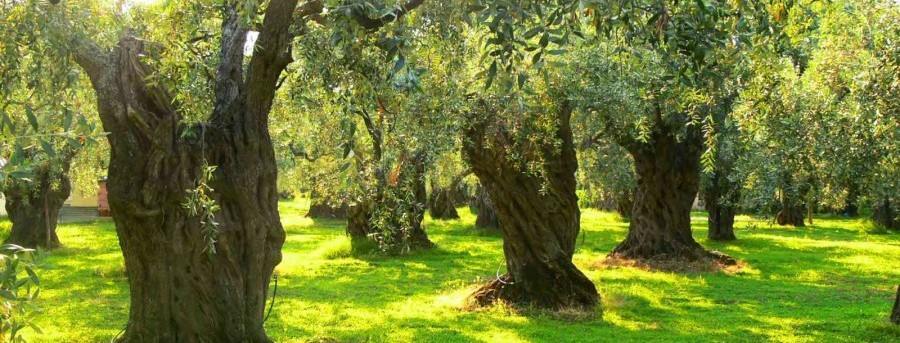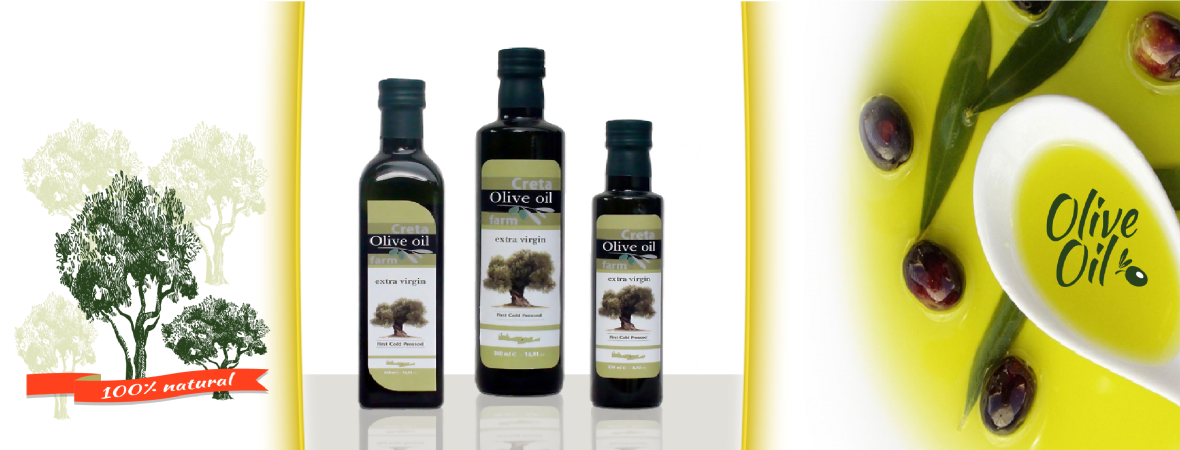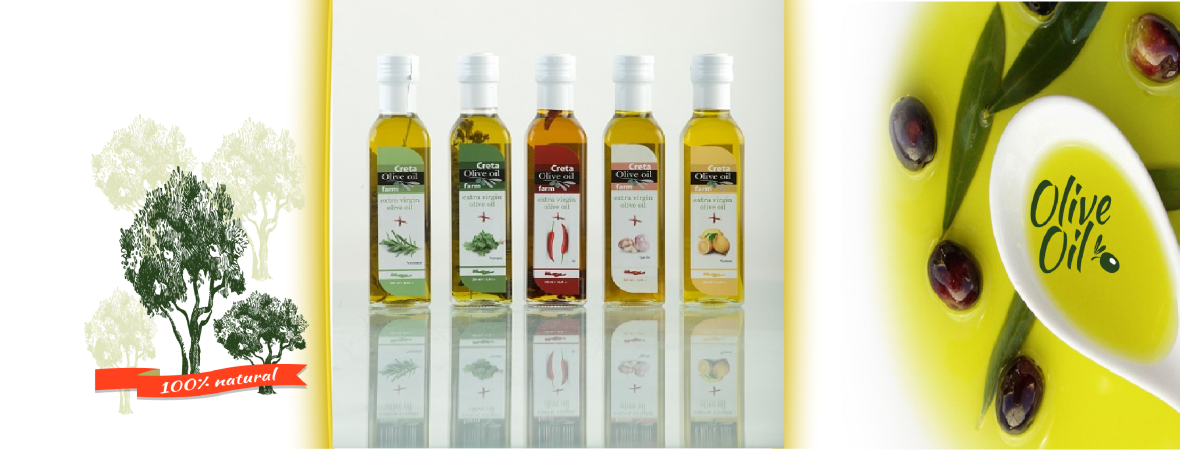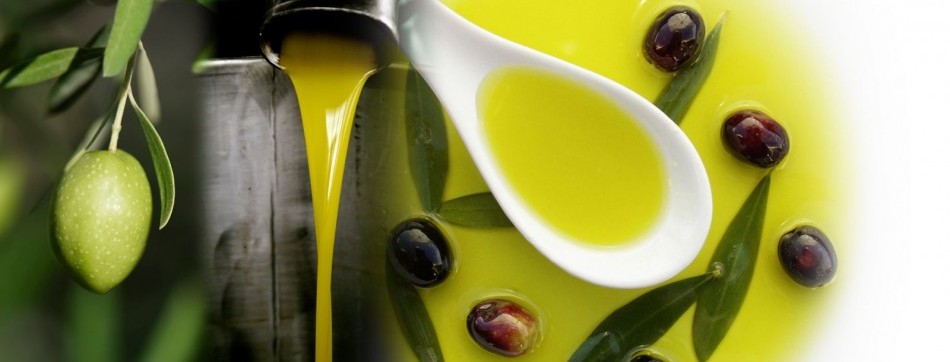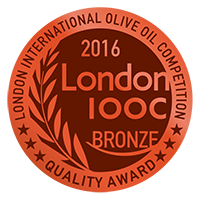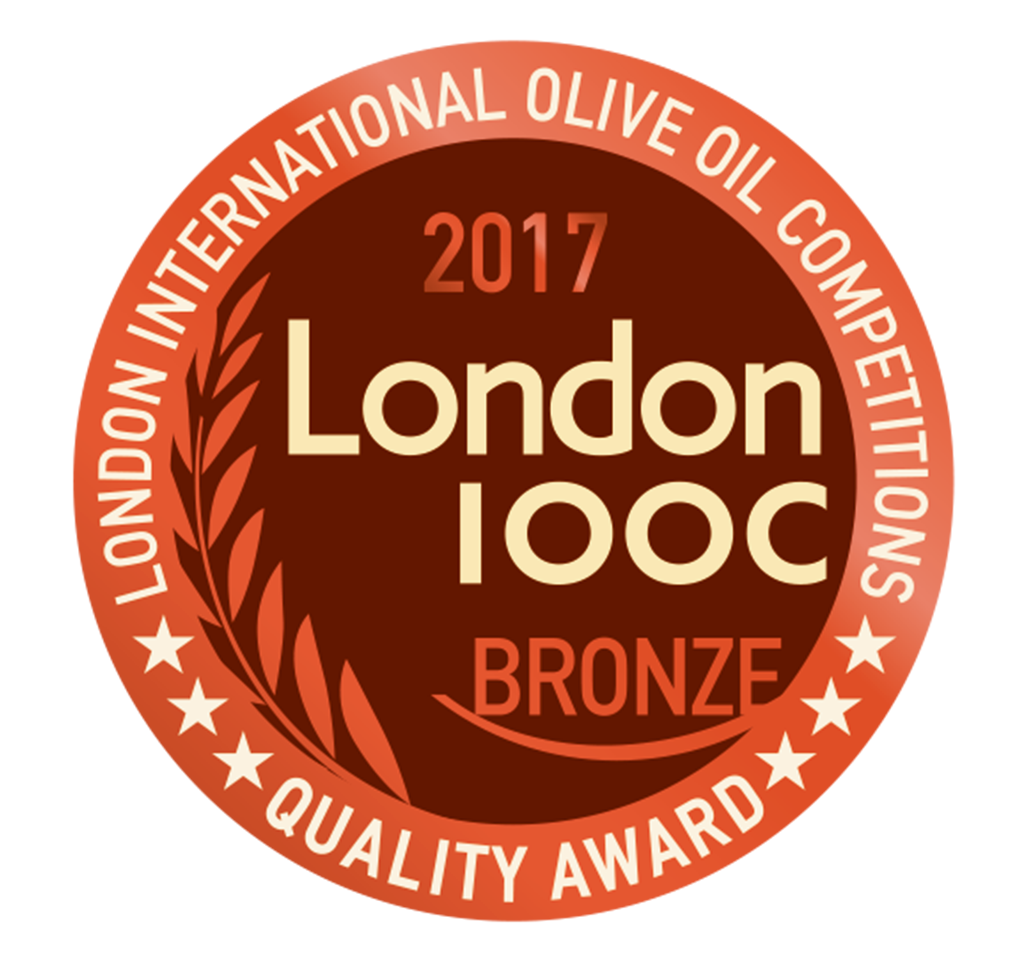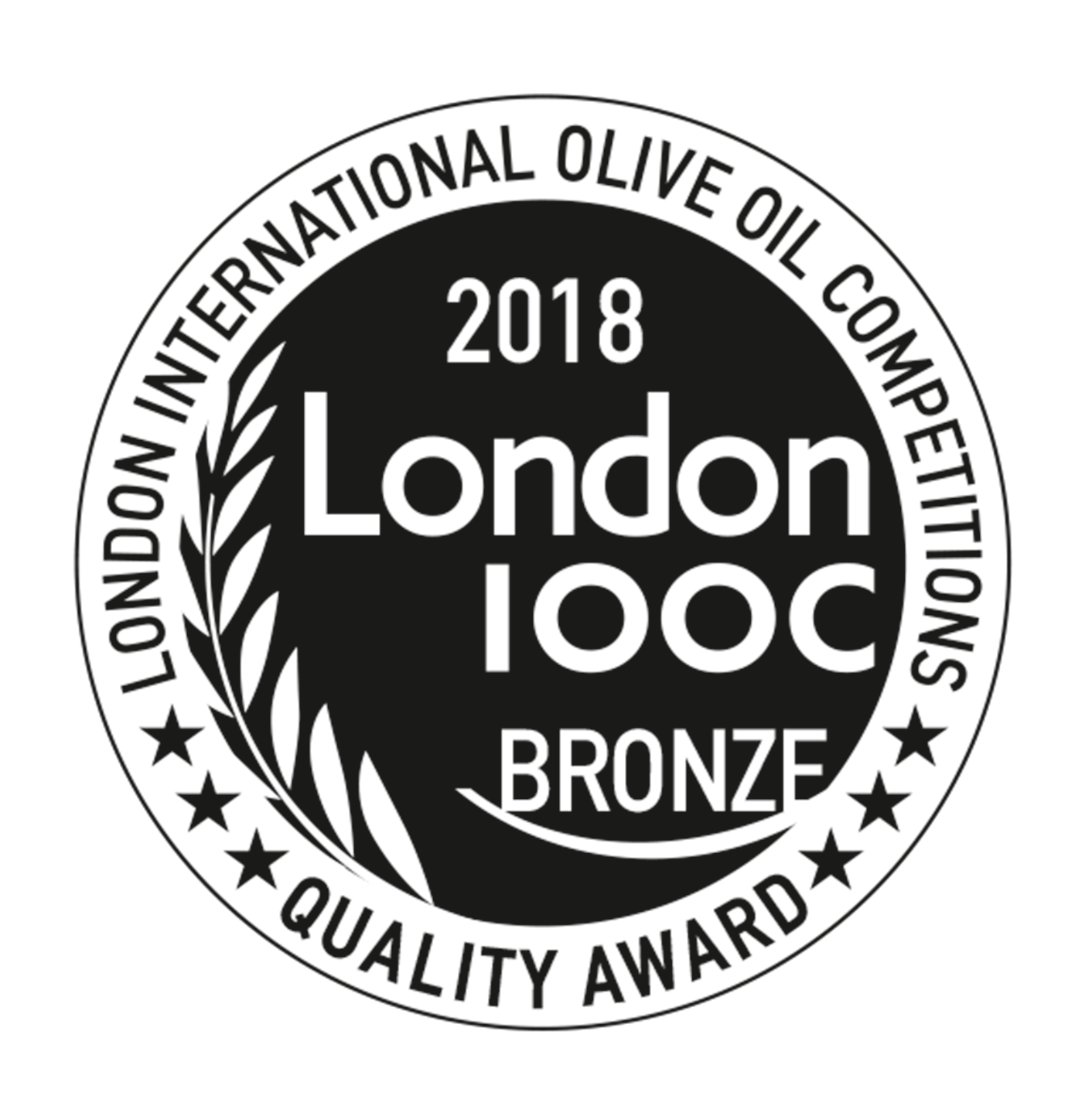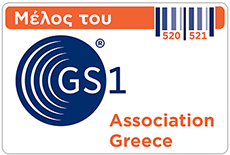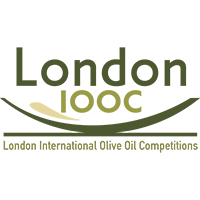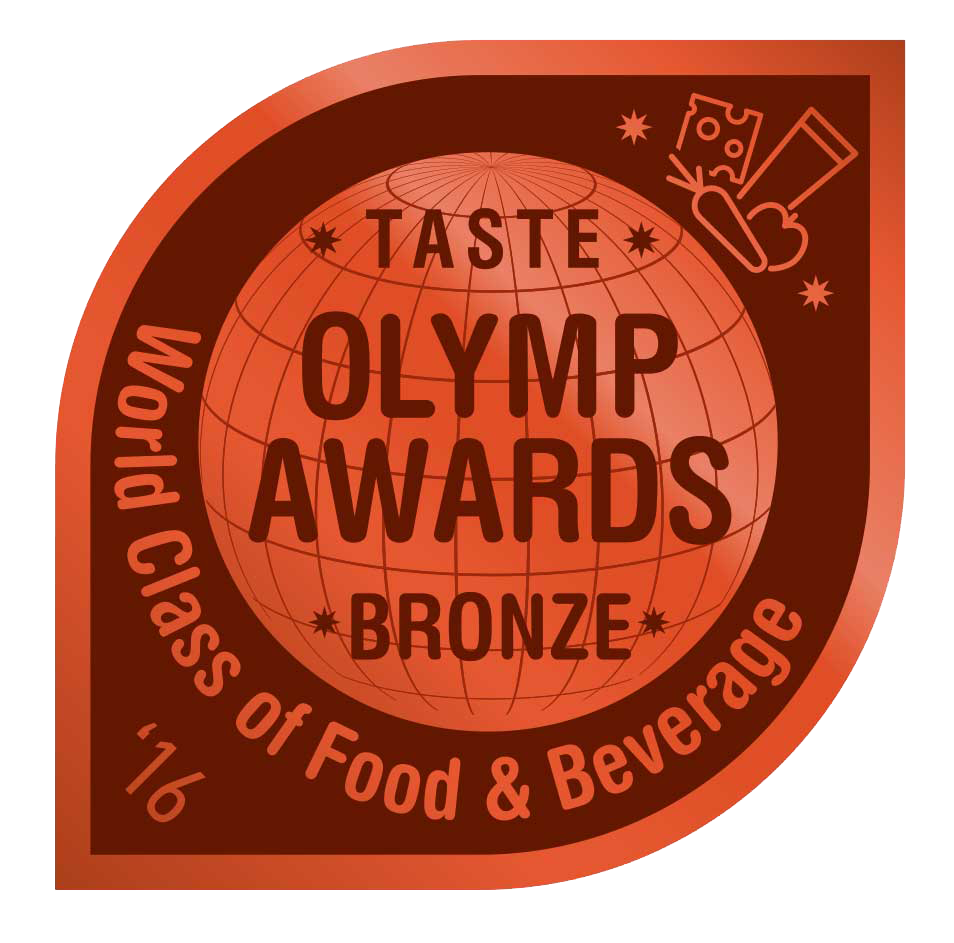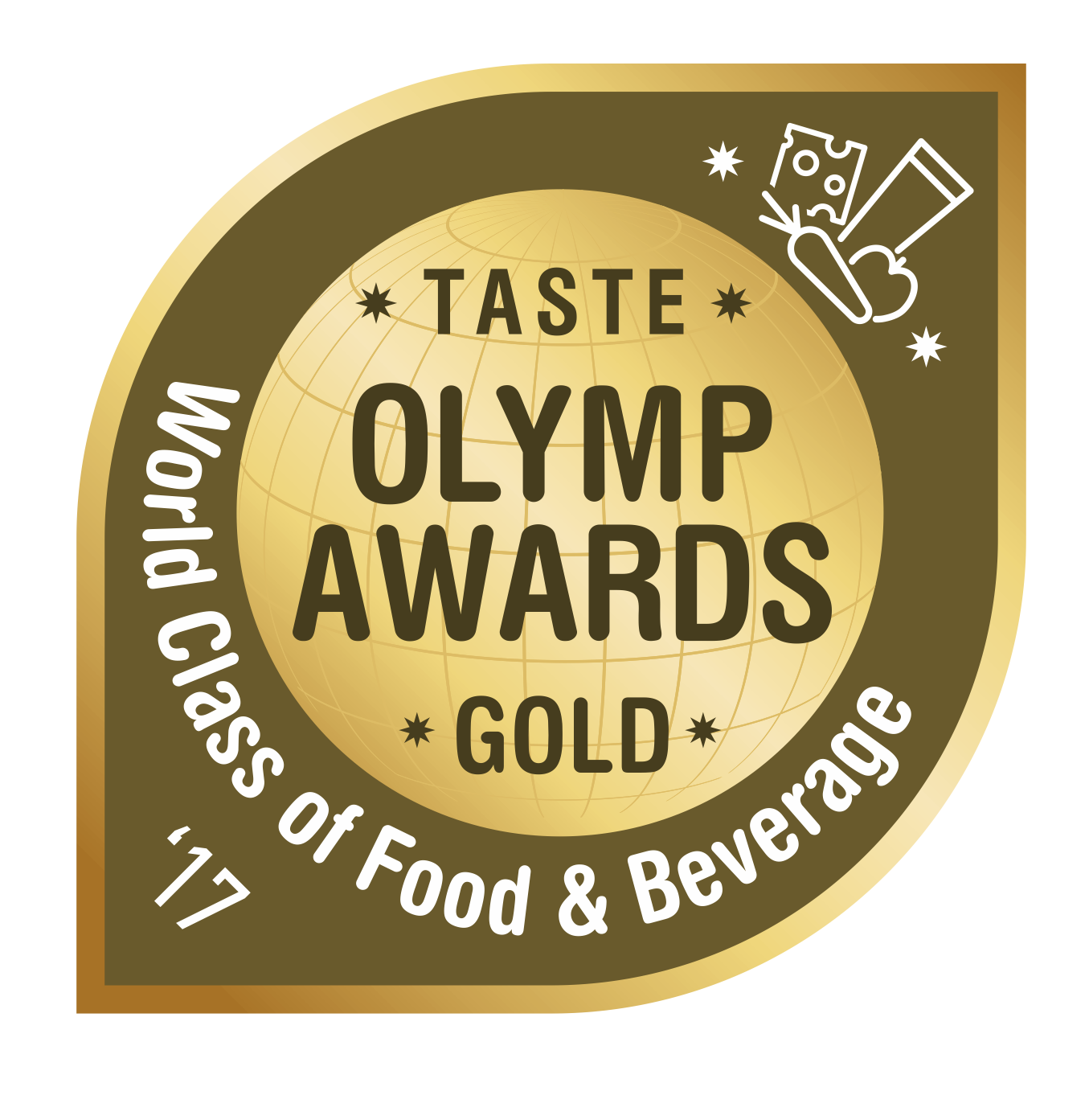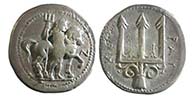Where do we come from?

Ancient Raukos was located where the village of Agios Myronas now stands. The ruins of ancient Raukos are found on the northeastern slope of the hill where the current settlement is built. It dates back to the Hellenistic period and is mentioned by ancient authors. Residents of the area, chased by bees with "bronze-like" stingers, abandoned the ancient city and founded a new one with the same name. In 193 BC, it allied with Gortyna and Lyttos, seizing Lykastos from Knossos. In 166 BC, it was annexed by Knossos, losing its autonomy.
Raukos became known for its coins and inscriptions. Its economy was based on agriculture and beekeeping and flourished significantly. From the 5th to the 2nd century BC, eight types of coins were issued (silver stater, didrachm, copper drachma). Its production capacity made it an important agricultural center in Crete.

The company "Rafkialand", based in Agios Myronas, is inspired by the history of ancient Raukos. The founders, olive oil producers and tradition enthusiasts, share a high-quality product that promotes the Mediterranean diet.
The Koroneiki olive variety, which thrives in the fertile land of Malevizi, offers unparalleled flavor. Cold extraction and the natural production method ensure the product's purity. Rafkialand's extra virgin olive oil is full of flavor, health, and history—a product proudly exported to Greece and abroad.

